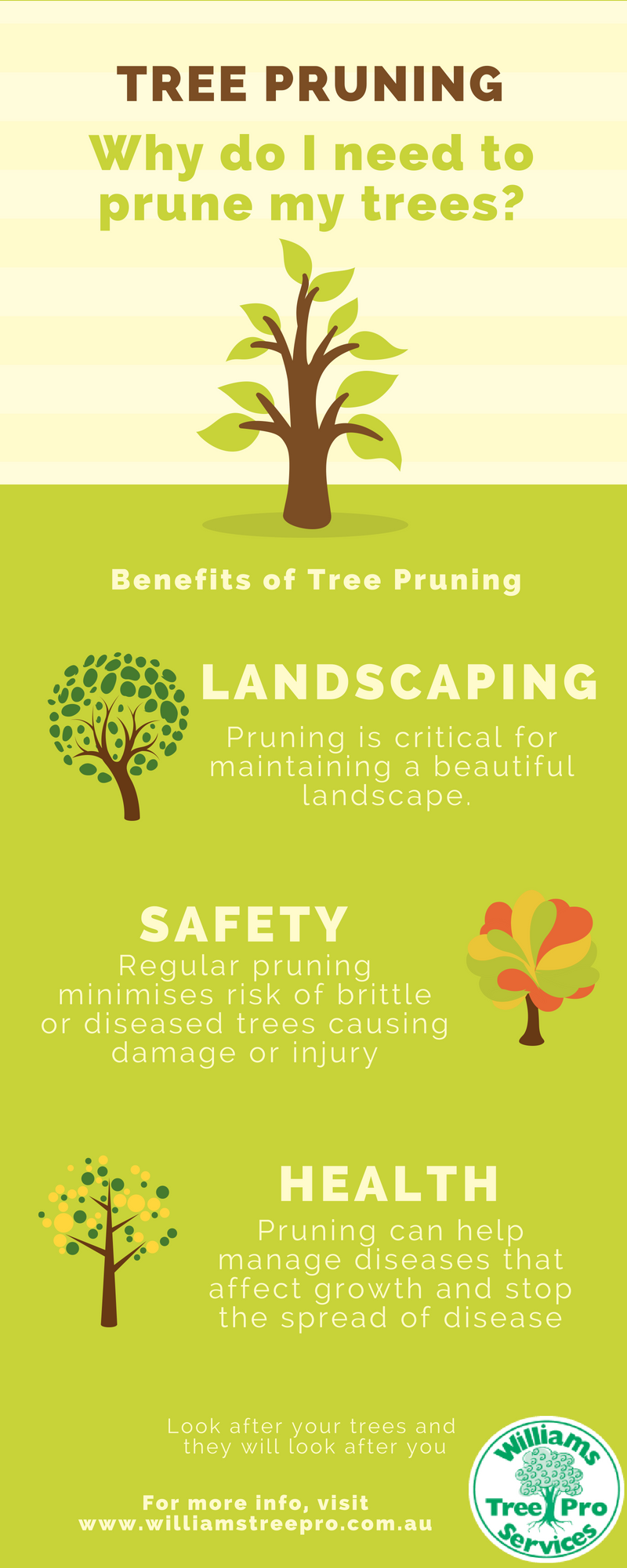Post-Tree Removal Treatment: Efficient Techniques For Landscape Restoration
Post-Tree Removal Treatment: Efficient Techniques For Landscape Restoration
Blog Article
Composed By-Hinrichsen Cho
After a tree's removal, your landscape might look quite different, and it's vital to assess the aftermath meticulously. https://www.bobvila.com/slideshow/6-smart-ways-to-prevent-a-soggy-yard-with-every-rain-shower-52840 'll want to assess the soil disturbance and inspect surrounding plants for any type of indicators of stress and anxiety. Neglecting these factors can cause larger problems down the line. So, what should you do with those stumps and roots? And exactly how do you select the very best plants for your rejuvenated room? Allow's discover these important actions.
Assessing the After-effects: Evaluating Your Landscape
After a tree removal, it's critical to evaluate your landscape to recognize the influence it has on your lawn.
Beginning by analyzing the location where the tree stood. Look for indicators of soil disturbance, and examine the bordering plants for any anxiety or damage.
You ought to also bear in mind of just how the removal has actually altered sunshine direct exposure and air movement in your garden. This shift can influence the growth of close-by plants, so it's important to review their health.
Think about the visual facets as well; the elimination may produce an open space that you can redesign.
Finally, consider any type of possible disintegration concerns that might occur from the tree's lack. Dealing with these elements early will assist bring back equilibrium to your landscape.
Taking care of Stumps and Roots: Options for Elimination
When you've evaluated the consequences of the tree removal, you'll likely need to take on the stump and origins left.
why not try this out have a few choices for removal. One efficient technique is stump grinding, where an expert utilizes a machine to grind the stump to underground level. This strategy leaves very little interruption to your landscape.
If you prefer a do it yourself technique, you can make use of a mix of excavating and chemical stump removers. Just keep in mind, this process can take time and effort.
Additionally, consider leaving the stump as an all-natural function, which can work as an one-of-a-kind garden element or environment for wildlife.
Whatever you choose, dealing with the stump and origins is important for recovering your landscape.
Choosing the Right Plants for Your New Area
As you analyze your newly cleared area, selecting the right plants can substantially boost your landscape's elegance and functionality.
Begin by taking into consideration the sunlight and dirt problems. For sunny areas, opt for drought-resistant plants like lavender or succulents. In shaded spots, brushes and hostas prosper well.
Consider the dimension and growth practices of your plants; mix perennials and annuals for seasonal variety. Do not fail to remember to include indigenous species; they call for much less upkeep and assistance regional wild animals.
Team plants in strange numbers for an extra all-natural look and develop layers for aesthetic depth.
Finally, guarantee you have a mix of shades and textures to keep your landscape lively throughout the seasons.
Delighted growing!
Conclusion
To conclude, restoring your landscape after tree removal is a gratifying process. By examining the aftermath, attending to stumps and roots, and selecting the right plants, you'll develop a thriving setting. Do not neglect to include erosion control actions to secure your dirt. With a little effort and care, you can transform your space right into a vivid yard that improves your residential property. Welcome the opportunity to rejuvenate your landscape and enjoy the charm of nature right in your backyard!
